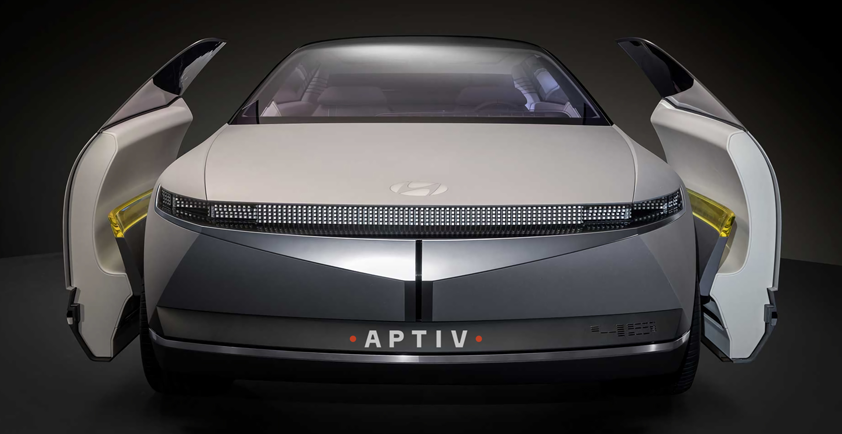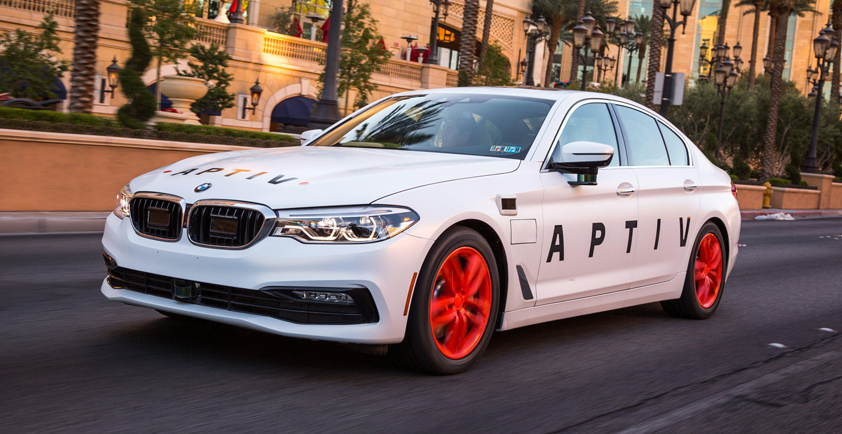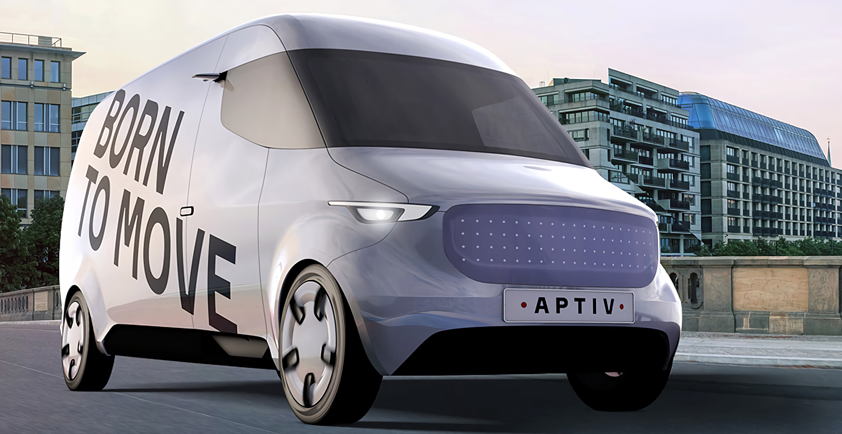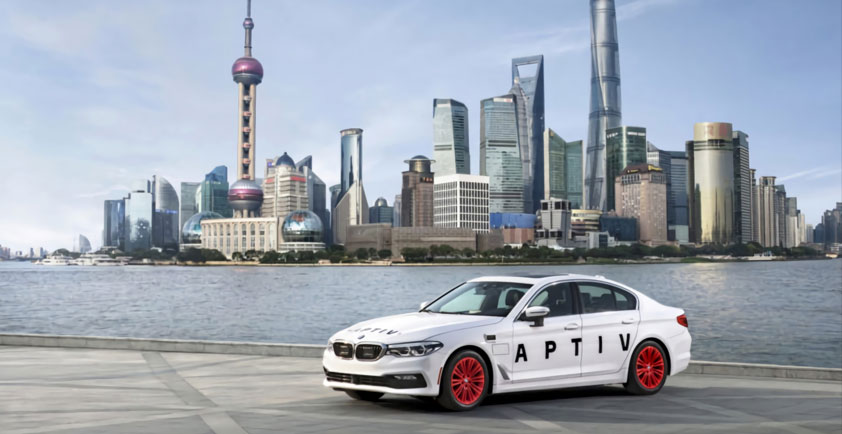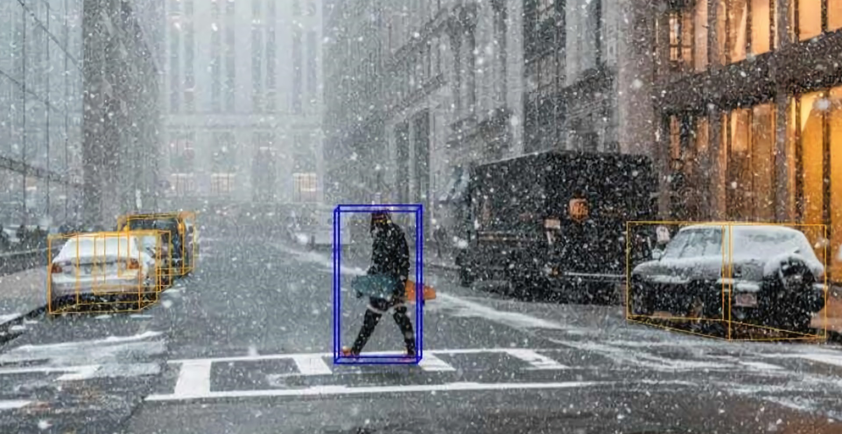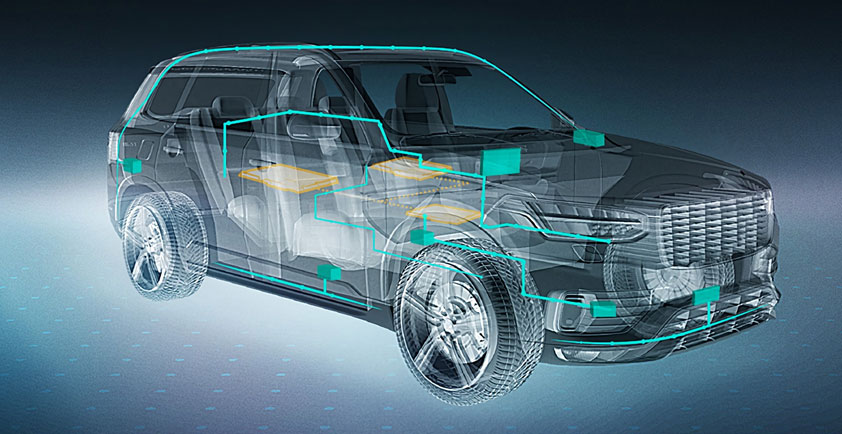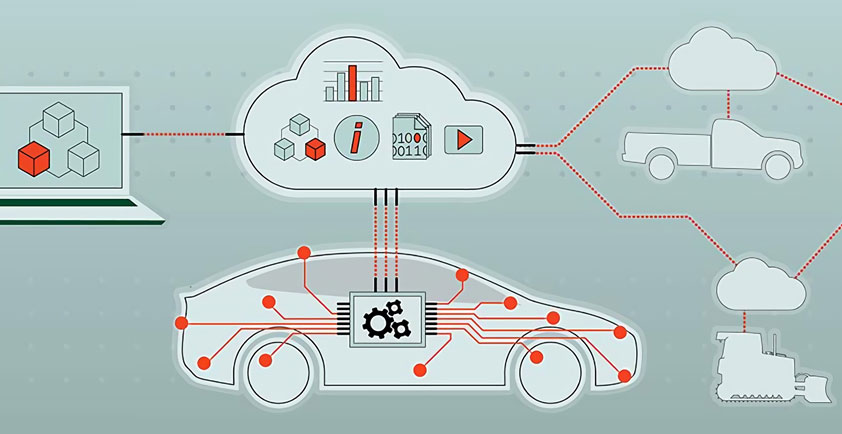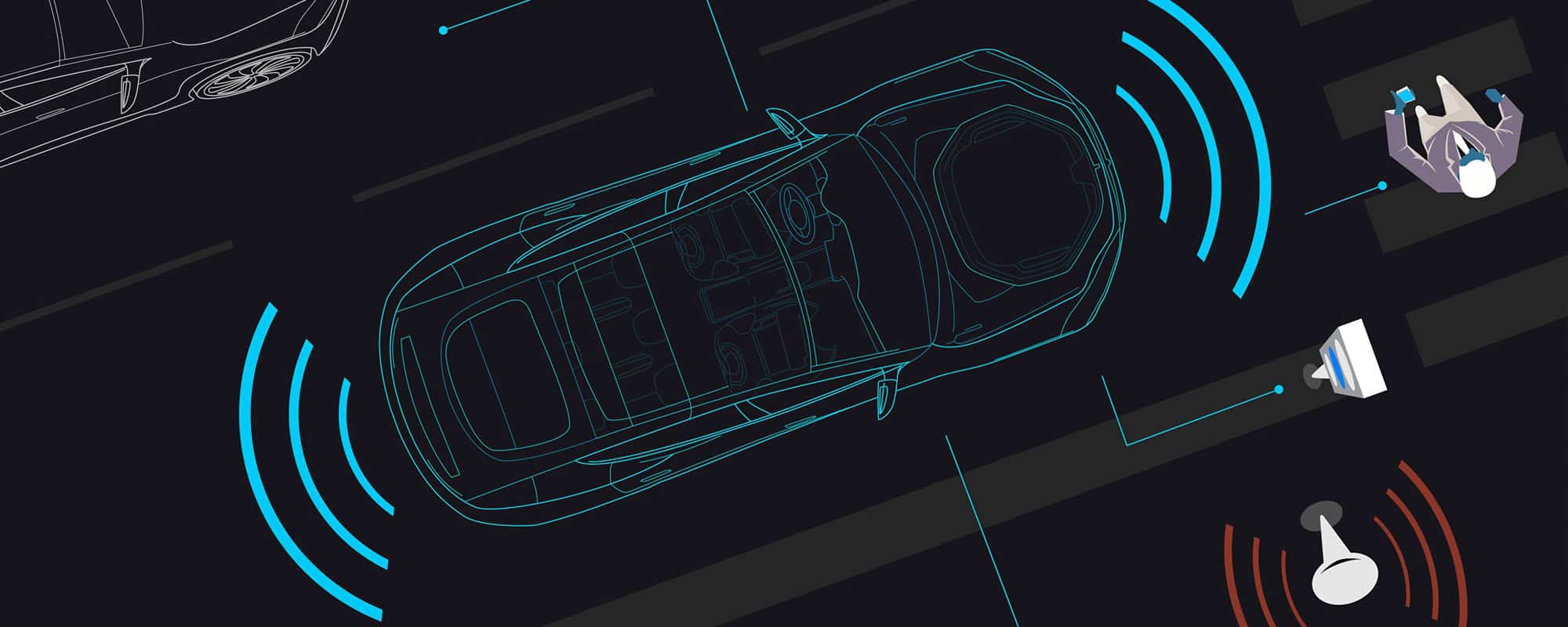
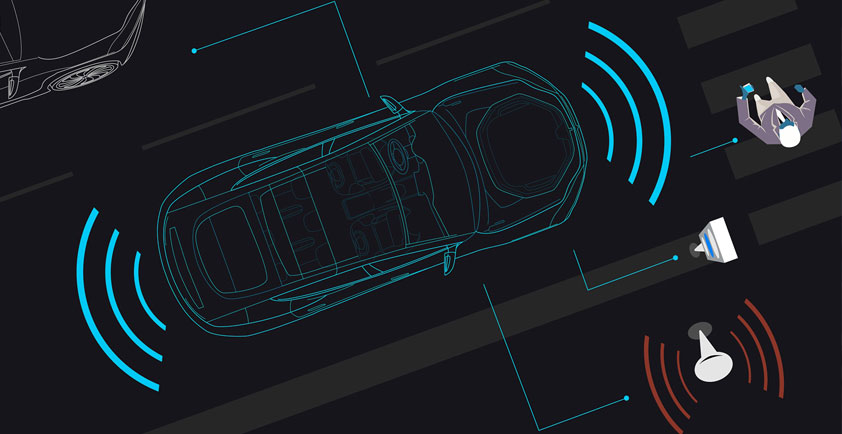
APTIV'S ADVANCED SAFETY
Aptiv is a leader in making safe mobility real. It has been supplying highly advanced driver assistance systems for nearly 20 years and was the very first technology provider to put radar on a car by taking technology from aerospace. It was a revolutionary breakthrough and is one that has since saved countless lives.
Today, Aptiv continues to lead the industry in advanced safety technology and sets itself apart from other technology providers. Aptiv’s solutions are highly scalable across multiple vehicle sizes and markets, in part due to our differentiated satellite architecture approach, leveraging our strengths in both the brain and nervous system of the vehicle.
Our strong expertise in artificial intelligence and machine learning is incorporated throughout its portfolio, enabling advanced safety and ultimately, autonomous driving. And our technical offerings are scaled to meet customers’ needs, whether that’s a fully integrated hardware and software solution, a software-enabled advanced driver assistance system, also known as an ADAS feature, or an individual software function.
Aptiv’s automotive grade development systems include comprehensive sensor data collection and real-time analysis that allows both Aptiv and its customers to identify and resolve problems quickly and robustly, speeding time to market.
Combining these capabilities with its expertise in perception sensors, sensor fusion, satellite architecture and software, Aptiv enables the development of systems that support all levels of autonomy.
Scalability, AI & Machine Learning, Software Solutions, Data
Aptiv’s safety solutions support the range of OEM needs for ADAS functionality, from low-cost systems that help provide an entry point for the democratization of active safety to premium solutions that provide cutting edge performance.
How does it all work?
Start with a flexible, scalable satellite architecture approach starts with our high speed, high reliability network. Then we place a variety of sensors strategically around the vehicle, including cameras, radar, LiDAR and vehicle-to-infrastructure capability. Those sensors’ primary task is to read the environment and report information back to the high-performance compute platform or brain.
In the past, these types of sensors were included on vehicles but were responsible for making more decisions independently.
Aptiv has now centralized this intelligence with its satellite architecture, which is lower mass, scalable and more cost-effective. This reduces mass, volume and essentially eliminates sensor heat dissipation concerns. The architecture is also flexible, keeping sensors as small as possible to maintain vehicle packaging flexibility. In one application the camera footprint was reduced from the size of a deck of playing cards to the size of a pack of chewing gum.
The bottom line is Aptiv has architected a foundation that can be built on, starting small and growing based on customers’ needs.
Focus on ADAS
Base ADAS
At Levels 1 and 2, vehicles are equipped with ADAS features but it is critical that the driver be mentally and physically engaged – in other words: brain on the task and eyes on the road. With some level 1 and 2 ADAS technologies, the vehicle can enable the driver to temporarily remove their hands from the wheel or foot from the pedal, but ultimately the driver is still responsible for controlling the vehicle.
At this level Aptiv enables NCAP compliant Autonomous Emergency Braking for intersection scenarios. It can seamlessly be added to customers' vehicle program with software thanks to Aptiv’s flexible satellite architecture.
Mid-Range ADAS
To seamlessly scale up and add the features of a premium L2 offering (such as Auto Lane Change), Aptiv overlays additional components into the flexible satellite architecture and adds more complex software. A range of solutions from base to premium can be provided on a single vehicle platform without major hardware changes.
Premium ADAS
Going beyond Level 2, the satellite architecture continues to expand to support more features and functions. Sensors are added to the vehicle to give a more complete view of the environment and more advanced algorithms are incorporated to make sense of and properly control the vehicle in complex situations.
In certain instances, the driver is able to take their foot off the pedal and hands off the wheel for extended periods of time, but their eyes should still be on the road and their brain engaged enough to take over control if needed.
As increasingly automated driving solutions enter the market, making the system affordable enough to the consumer is key to market acceptance. Adding capabilities and features results in an increased cost of the system.
Bridging ADAS to Automated
System Affordability
However, there is a sweet spot where the benefit from these advanced safety systems can be maximized while minimizing the cost. It’s right at L2+/L3-, where Aptiv can deliver capability with mature radar and vision without the need to add a costly LiDAR.
Highway Assist / Traffic Jam Assist
With its Level 2+ system, Aptiv adds a driver sensing camera and additional complex software algorithms, resulting in Highway Assist functionality with hands off the wheel and feet off the pedals.
Traffic Jam Pilot
At Level 3-, Aptiv adds an automated driving compute platform and significantly more complex software, enabling Traffic Jam Pilot, the first true step into allowing drivers to have their “mind off” the driving task – enabling true L3 automation.
The next level of autonomous driving will bring more and more software-enabled features. And as we move toward L4/5, AI techniques, specifically neural networks, allow Aptiv’s autonomous vehicles to behave like humans.
Did you know Aptiv has been running its commercialized autonomous services vehicles in Las Vegas since May 2018, giving more than 25,000 automated rides with an average passenger rating of 4.95 out of 5. The learnings from this real-world experience are applied to improve our ADAS features.
Making it Work
Aptiv makes these ADAS features work thanks to its deep experience developing and delivering perception systems - vision, radar and LiDAR.
Each plays a specific role in bringing critical information into the vehicle. Then Aptiv overlays on top of the hardware its advanced software in tracking/fusion, situational assessment algorithms and feature algorithms.
Sensor fusion, which is Aptiv’s proprietary technology analyzes and fuses this information together. Aptiv leads the industry in this area, building on a history of delivering the first radar/vision fusion system in 2007.
Sensor fusion is incredibly important. Data from the vehicle’s sensors is combined to provide the best understanding of the scene and deliver the premium ADAS and automated driving functionality that customers expect.
Aptiv is a leader in making safe mobility real. From the first application of radar on a vehicle to its advanced driver assistance systems enabling autonomous driving, it lead the market in bringing smart, scalable, software-optimized solutions to customers.
